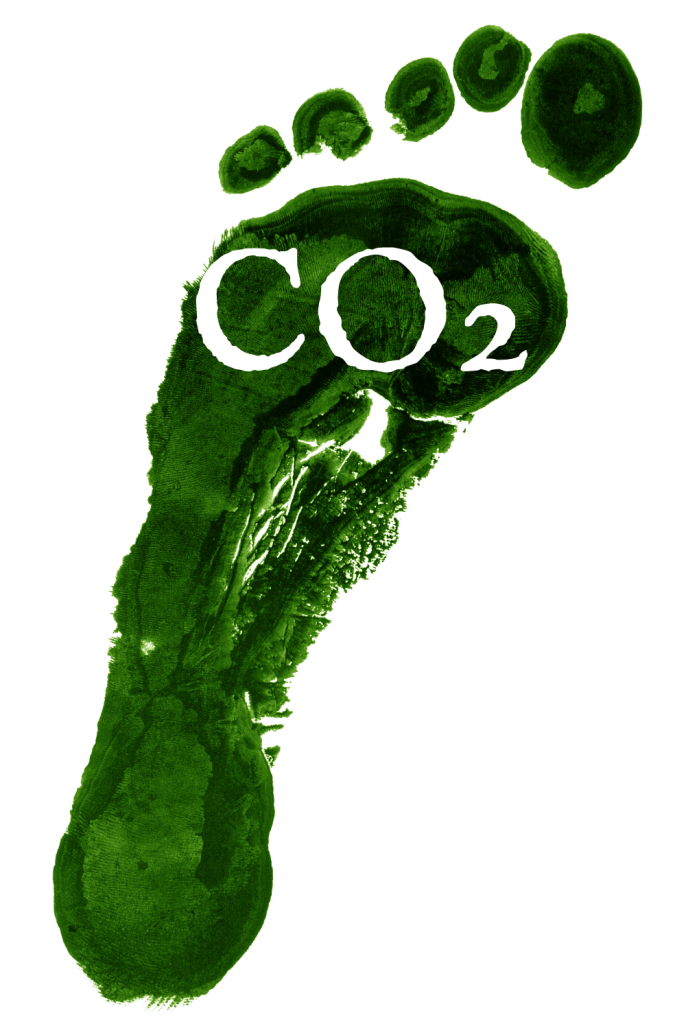What is CO2

In the context of climate change, energy, atmosphere, etc., when we say “carbon”, we are generally talking about carbon dioxide (CO2), a chemical compound, gaseous at room temperature; while in other contexts (biology, organic chemistry), when we say “carbon”, we are referring to a chemical element, the sixth in the periodic table, with symbol C, and with properties totally different from those of CO2.
Carbon dioxide is one of the most environmentally polluting gases in existence. Currently, a large part of human activities emit high amounts of carbon dioxide and with the ever-increasing economic and social development, this figure will increase. The excess of this gas is the main cause of global warming due to the greenhouse effect. It is therefore necessary to take global measures to combat these emissions.
Carbon Footprint
It is a sustainability indicator that measures the impact of an activity, product, event or organization on climate change throughout its life cycle. It is a useful method to quantify, reduce and neutralize carbon dioxide (CO2) emissions and contribute to mitigate Climate Change.
The carbon footprint is a measure of the impact of human activities on the environment. It is determined by the amount of greenhouse gas emissions produced and is measured in units of carbon dioxide.
The most common approach to calculating GHG emissions is through the application of standardized emission factors. The carbon footprint is measured in tons of CO2 equivalent (tCO2e), and is calculated by multiplying activity data (quantity) by emission factors.
Carbon credits are an economic instrument under the Kyoto Protocol.
Each credit is equivalent to one ton of carbon dioxide that has been released into the atmosphere. They are used to make it easier to calculate the amount of gases released into the air and to offset their emission to reduce global warming and its effects.
By purchasing carbon credits, companies do not feel obligated to reduce emissions. They are limited to offsetting the amount of total emissions that can be released by a company or business. If there is a surplus in the amount of gases that are emitted, there is a monetary value assigned to that surplus and it can be traded, primarily for projects that offset pollution, i.e., that renew the dioxide that has been emitted into the atmosphere, such as reforestation projects (usually in poor or developing countries).
